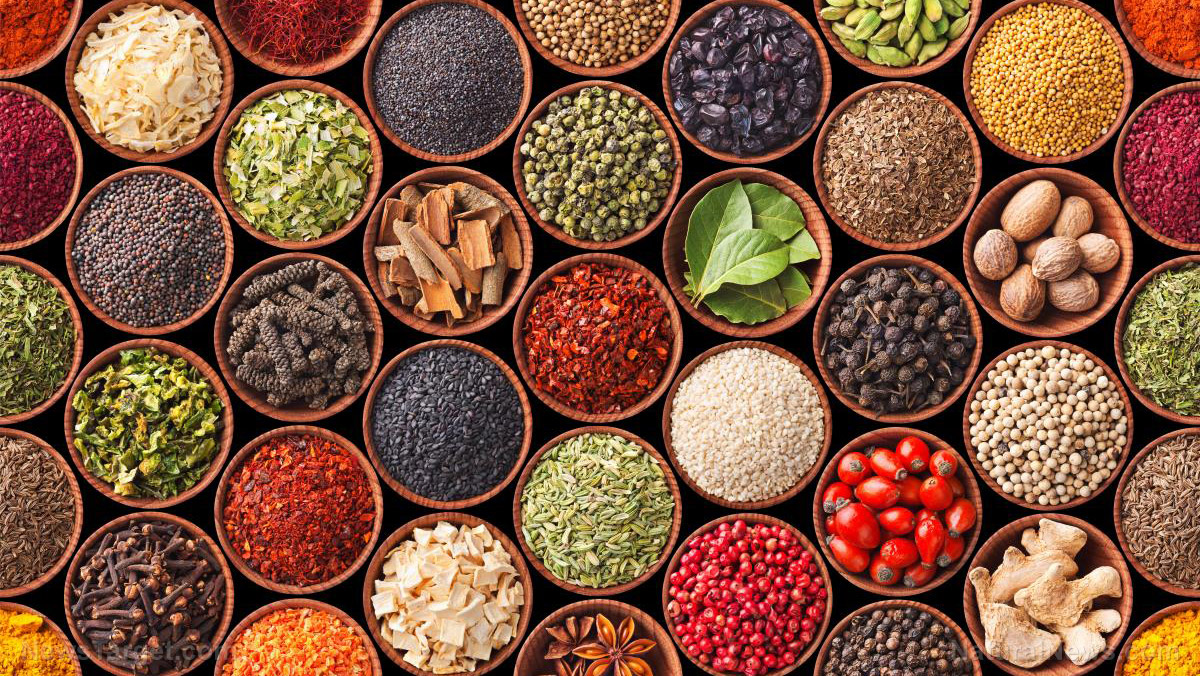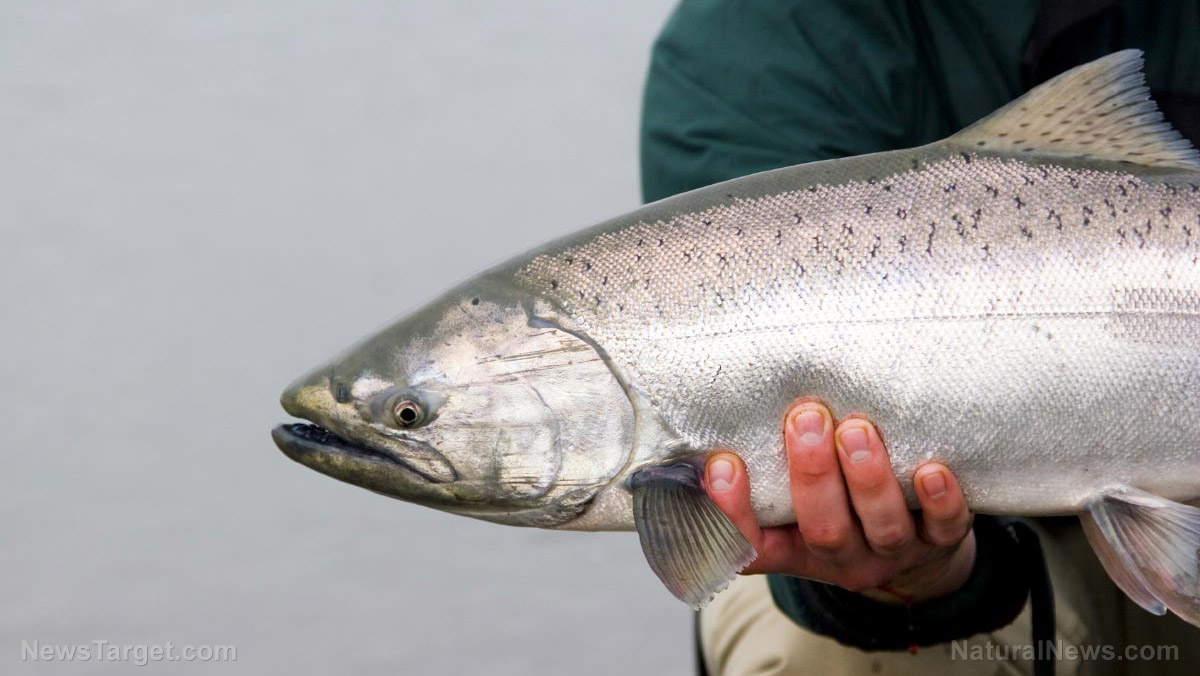
In 2014, over 422 million people were diagnosed with diabetes and since then, this number continues to rise. Diabetes is a condition wherein there is an increased level of glucose in the bloodstream. It can be classified into two, namely Type 1 and Type 2 diabetes. The first type of diabetes is characterized by insufficient insulin production while Type 2 diabetes results from a reduced sensitivity to insulin. If left untreated, diabetes can lead to further complications such as heart attack, stroke, blindness, and kidney failure.
Pre-diabetes is a condition that often precedes Type 2 diabetes. People with this condition exhibit elevated glucose levels but not to the point where it is considered diabetes. At this point, the development of diabetes can still be prevented with lifestyle changes and medication. Unfortunately, medications for pre-diabetes can cause unwanted side effects, which could include headaches, nausea, irregular heartbeat and many others. In order to avoid these side effects, herbs and other botanical ingredients can be used instead.
In this review, it was determined that the following herbs exhibit anti-diabetic activity:
- Banaba (Lagerstroemia speciosa) – This deciduous tropical flowering tree has leaves with high levels of corosolic acid, which can lower glucose and triglyceride levels, as well as, transport glucose into cells. In addition to this, other phytochemicals in banaba leaves can also remediate the damaged insulin receptors.
- Bitter melon (Momordica charantia) – Studies have shown that eating bitter melon can induce the pancreas to produce insulin. It can also facilitate glucose transport into the cells and lower blood sugar levels.
- Bitter-wood (Quassia amara) – It has been shown that extracts from bitter-wood have potential in treating patients with diabetes caused by high lipid content in the bloodstream.
- Silk cotton tree (Ceiba pentandra) – Although they are mostly cultivated for the cotton-like fiber that they produce, the silk cotton tree has also shown potential as a pre-diabetes treatment since its extracts can regulate glucose levels.
- Holy basil (Ocimum sanctum) – This herb is a common Ayurvedic treatment. It has been shown to regulate blood sugar level.
- Indian gooseberry (Eugenia jambolana) – The bark and seed of this plant have been shown to lower glucose levels by preventing insulinase from the liver and kidney from degrading insulin.
- Shatterstone (Phyllanthus amarus and Phyllanthus niruri) – Aqueous extracts from the seed and leaves of Phyllanthus amarus, which is a species of shatterstone, has been shown to improve insulin resistance. Another species of shatterstone, Phyllanthus niruri, can lower glucose levels, suppress the rise in glucose levels following a glucose meal, reduce hemoglobin glycation, and increase glycogen content of liver in diabetic rats.
- Ponkoranti (Salacia oblonga and Salacia reticulata) – The stem and roots of S. oblonga are commonly used in Ayurveda and traditional Indian medicine against diabetes. It works by inhibiting alpha-glucosidase, an enzyme that breaks down oligosaccharides into glucose. Meanwhile, S. reticulata works by improving serum lipid profiles and glycemic control in patients with prediabetes.
- Ivy gourd – This plant has been shown to regulate blood sugar levels.
- Aloe vera (Aloe barbadensis) – Previous studies have shown that the gel of these plants contain active phytosterol compounds that can reduce blood glucose and glycosylated hemoglobin levels.
- Fenugreek (Trigonella foenum-graecum) – Aside from being a common Indian spice, fenugreek can also inhibit glucose transport, increase erythrocyte insulin receptors, and improve glucose utilization. It also contains compounds, such as fenugreekine and trigonelline, which can reduce glucose levels.
- Garlic (Allium sativum) – The well-known garlic contains allicin. This compound does not only give garlic its pungent odor, it also induces increased insulin release and reduced glucose levels.
- Cinnamon (Cinnamomum) – A compound found in cinnamon, known as methylhydroxy chalcone polymer, can mimic insulin, increase glucose metabolism, and lower glucose levels.
- Indian kino (Pterocarpus marsupium) – Tannates found in wood extracts from the Indian kino can reduce glucose levels. In addition to this, the Indian kino also contains epicatechin, which promotes insulin release and conversion of proinsulin to insulin.
- Ginseng – Studies have shown that ginseng can enhance insulin production and increase the available insulin receptors.
- Blueberry (Vaccinium myrtillus) – Leaves from the blueberry plant contain an active ingredient that can get rid of excess sugar.
- Collards – Alpha-lipoic acid in collards has the ability to lower glucose levels by increasing insulin sensitivity.
- Curry leaves (Murraya koenigii) – When ingested, the leaves of this plant can induce insulin secretion and promote glycogenesis.
- Dandelion (Taraxacum officinale) -- Dandelion can regulate glucose levels by promoting insulin production. In addition to this, dandelion can also regulate the lipid profile.
- Gumar (Gymnema sylvestre) – In Hindi, the plant's name translates to “sugar destroyer.” It lives up to its name by regulating glucose levels, promoting glucose ultilization, removing sugars from the pancreas, and inducing insulin production.
- Prickly pear cactus (Opuntia dillenii) - Eating the fruit of this plant can improve the sensitivity and response to insulin activity.
- Chamomile (Matricaria chamomilla) – Studies have shown that chamomile, in its tea form, can reduce blood sugar levels, as well as, inhibit sorbitol accumulation in the erythrocytes.
Based on this review, there is an extensive list of herbs that can prevent pre-diabetes from progressing into diabetes. These herbs can therefore be utilized as potential treatments for pre-diabetes so that diabetes and the unwanted effects of chemical-based medicines can be avoided. (Related: The diabetes wake-up call and how to avoid diabetes.)
Learn more about how these herbs can reduce the risk of diabetes by visiting Herbs.news today.
Sources include:
Please contact us for more information.























